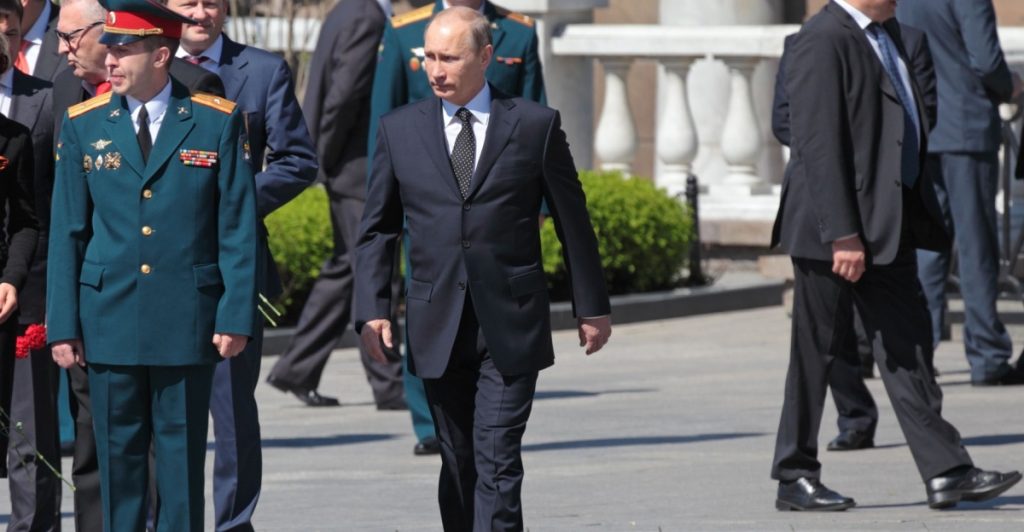The drills are among the most expansive in recent Russian history.
Others are reading now
The drills are among the most expansive in recent Russian history.
Naval Drills Across Four Seas
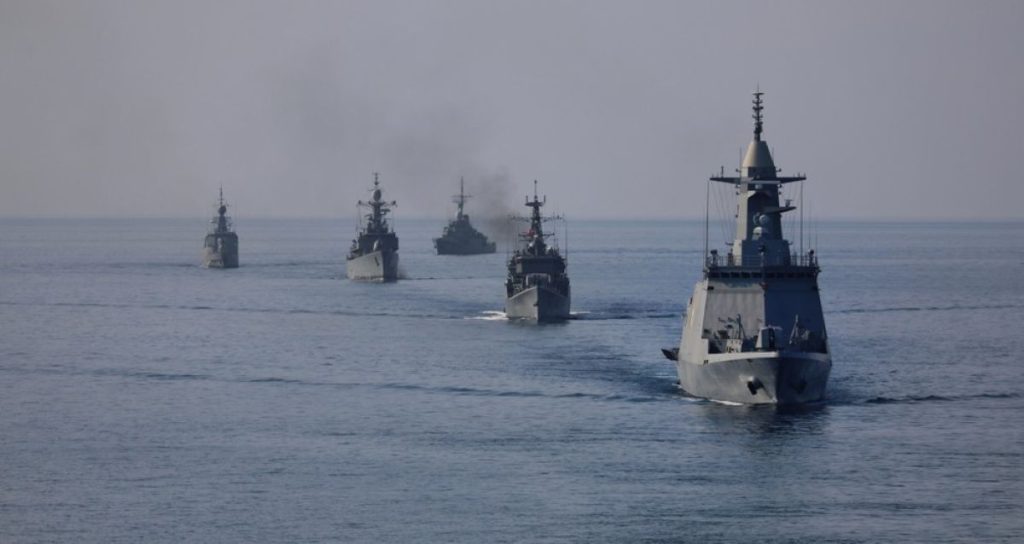
Russia has kicked off one of its largest naval exercises in years, codenamed “July Storm.”
The operation spans four major bodies of water: the Arctic Ocean, Pacific Ocean, Baltic Sea, and Caspian Sea, involving over 15,000 troops and hundreds of military assets.
15,000 Troops Mobilised

The Russian Ministry of Defence confirmed that July Storm involves around 15,000 personnel, 50 naval and auxiliary vessels, 120 aircraft, 10 coastal missile systems, and nearly 1,000 military vehicles.
The drills are among the most expansive in recent Russian history.
Also read
All Four Russian Fleets Now in Action
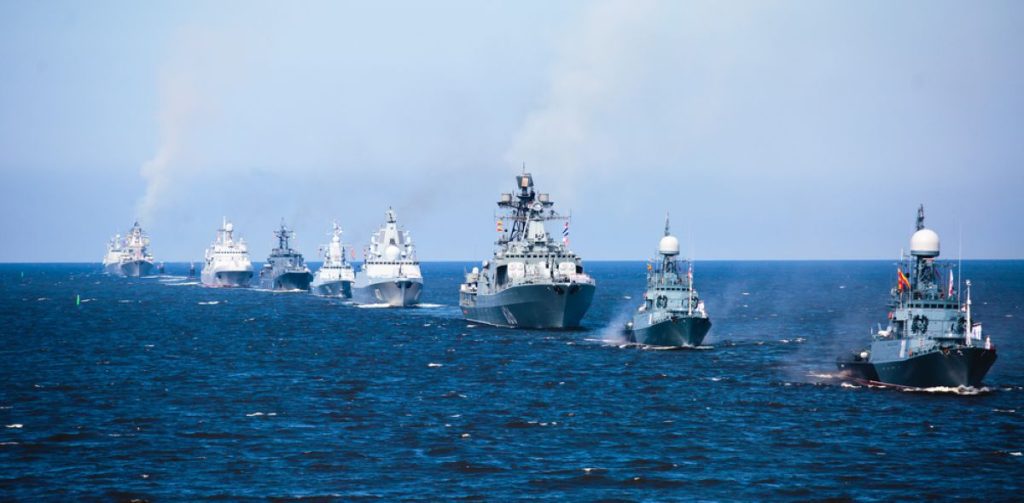
The Baltic, Northern, Pacific, and Caspian Fleets are participating in the exercise, overseen by Admiral Aleksandr Moiseyev.
Appointed last year as the Commander-in-Chief of the Russian Navy, Moiseyev is directing operations from multiple command centres.
Kremlin Responds to Trump’s Ultimatum

The drills come shortly after Donald Trump issued a 50-day ultimatum for Putin to end the war in Ukraine.
Analysts suggest July Storm is part of Moscow’s strategy to project strength and resilience in the face of Western pressure.
Russia Simulates Drone Attacks and Strike Scenarios
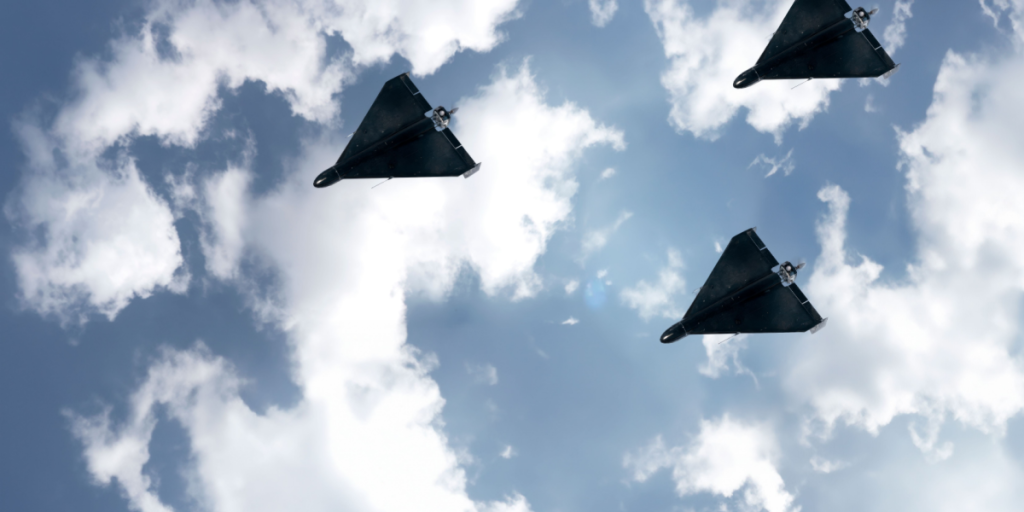
Wargames during the exercise are expected to simulate aerial and sea-based drone attacks, precision strikes, and the defence of key economic and military zones.
Also read
Open-sea operations will test anti-submarine tactics and maritime security routines.
Russia Claims Drills Are ‘Routine’
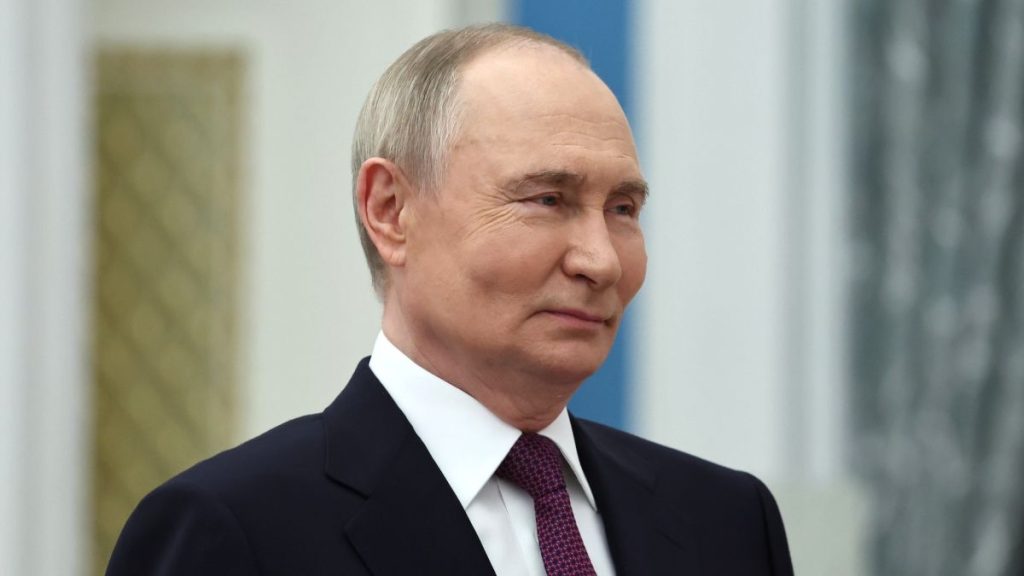
Despite the scale of July Storm, the Kremlin insists the drills are standard.
However, their reach, from NATO’s eastern flank near Poland to key Pacific shipping lanes, suggests a calculated move to intimidate and prepare for worst-case scenarios.
Russia’s Aging Navy Still Commands Global Presence

While Russia’s naval fleet includes aging Soviet-era ships and lacks active aircraft carriers, it remains the third-largest navy in the world by total units.
Its nuclear submarine force is still considered a serious strategic asset.
Also read
Limited Ports and NATO Chokepoints Undermine Reach
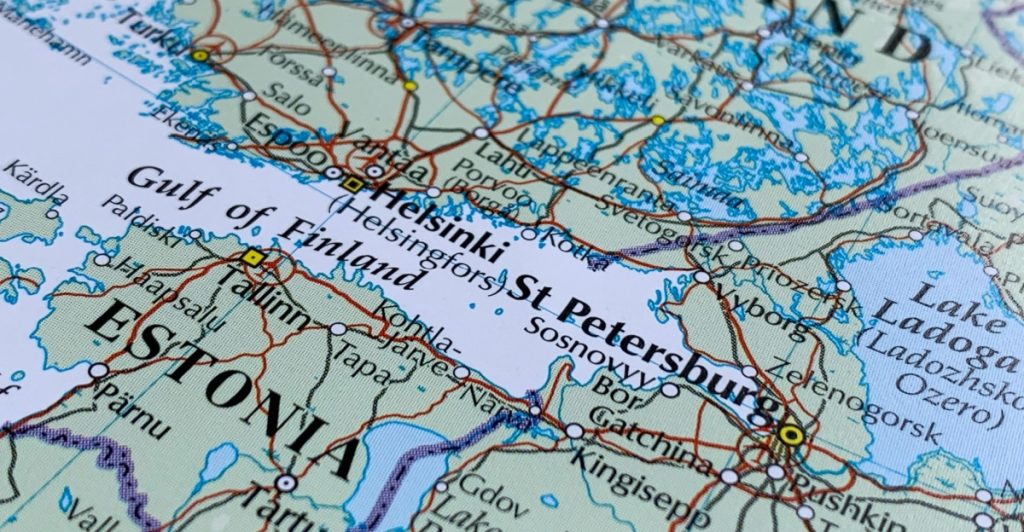
Russia’s naval ambitions are restricted by geography.
Without consistent access to warm-water ports and with NATO controlling key sea lanes, its ability to project global naval power remains limited despite the scale of operations like July Storm.
July Storm Tests New Technologies and Fleet Readiness
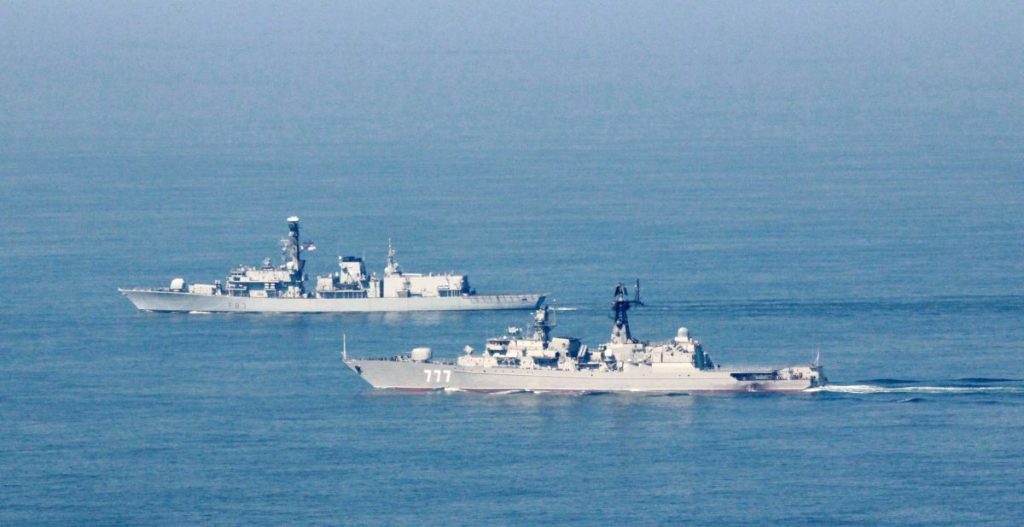
The exercise is designed to assess the Russian Navy’s ability to carry out “non-standard operational tasks,” including the use of unmanned systems and long-range weapons.
The drills aim to boost fleet readiness in case of rapid escalation.

